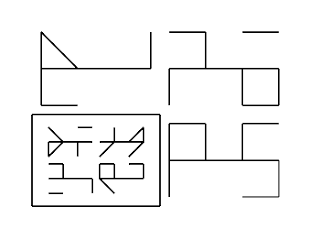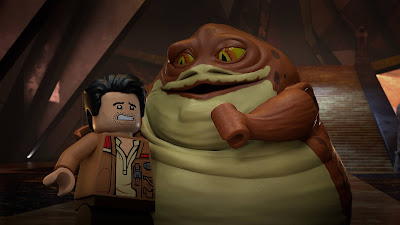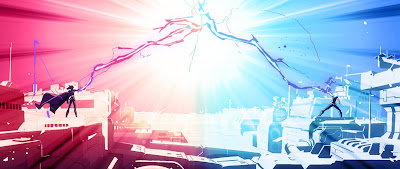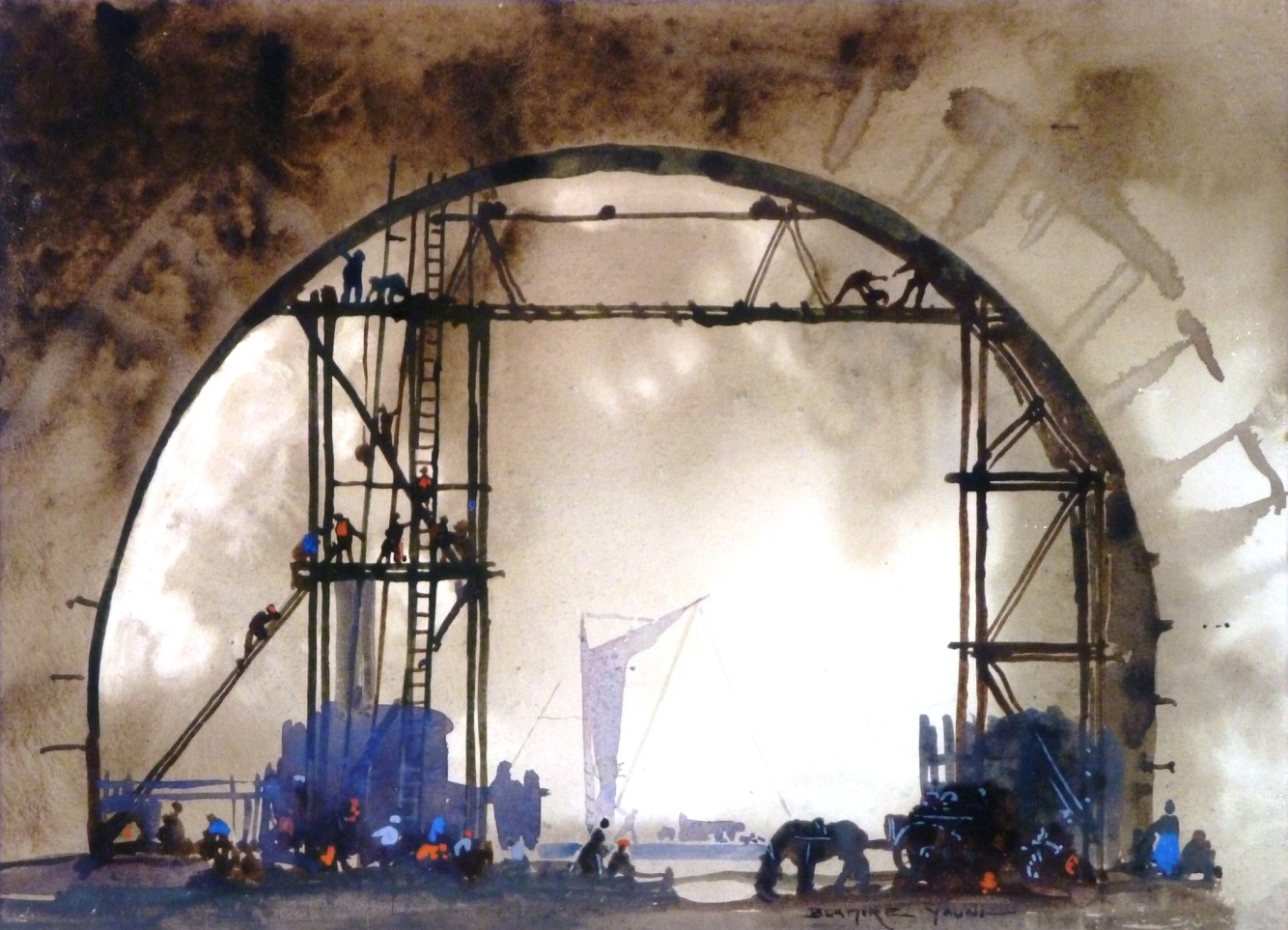(Spoilers below for various Star Wars properties.)
With the final death of Emperor Palpatine, history was ended. The Skywalker destiny doubly or triply fulfilled, the ultimate evil laid to rest, balance restored to the force. There are no more blockbuster movies to be made in the world of 36 ABY,1 but that doesn't mean there aren't stories to be told. Smaller in scope and more nuanced in morals, I think these stories may be ideal for a role-playing game.
If the prequel trilogy took the fall of Rome as its model, 36 ABY takes the collapse of the Soviet Union. Repeated cataclysm and rapid retreat have left fractured militaries in the hands of new nationalist and nativist factions. A hundred empires and a hundred republics blossom in miniature.
What about the New Republic?
The destruction of Hosnian Prime by Starkiller base was a major blow to the New Republic, but not fatal. As the capitol was hosted by new planets from cycle to cycle, the infrastructure to continue existed already. With the New Republic military deprecated in favor of planetary defence forces, the New Republic's might was still strong. Emergency elections were held, business continued.
Well, in theory. The New Republic lives on, but more cautious and milquetoast than ever. Skittish, corrupt, gridlocked, they cannot command the might they have, nor direct it if they could. For now, it adequately prevents its members from open warfare, and freed from the existential threat of the First Order, could be open to a more involved role on the galactic stage.
What about the Empire?
The Empire is dead, but it remains everywhere. When news of the Sith defeat at Exegol spread, a common form of ultimatum was issued by occupied planets to their attendant star destroyers:
No resupply is coming. There is no base you can return to. Become citizens of our nations and serve in our militaries and you can build a new life here. Or else we will chase you off, and who else will take in imperial deserters?
It was a good offer, and many bands took it. Some refused, and ultimately lost these reverse sieges. Others fled and live as interstellar pirates and mercenaries.
Of course not all planets chafed under the empire, and these tended to organize splinter empires around charismatic moffs and generals. They now seek the legitimacy and acceptance that they once enjoyed.
What about the super weapons?
No remaining single faction has the resources to develop a superweapon. No current coalition of forces trusts each other enough to collaborate. More importantly, no superweapon could be developed unopposed: without a unified galactic body, reactions cannot be controlled. That said, there might still be some ancient super weapons around, waiting to shatter this precarious peace.
What about the Hutts?
Undisputed rulers of Hutt space since before the Old Republic, the stability of the Hutts has made them unwillingly legitimate. Hutt space is a rare known quantity, the most desirable place to be doing business. And the demands of this have led to an expansion of their role, and a creeping bureaucracy supporting them. All kinds of ne'er-do-wells find a second career as enforcers, clerks, and lobbyists in the burgeoning Hutt council.
What about the force?
Balance restored to the force, the Jedi order is no more. And yet, there is always a new generation of force-sensitive children and always a need for them to be trained. With no central schools, itinerant masters travel the galaxy, giving lessons and helping out where they can. Several distinct traditions of practice have emerged.
Skywalker
Heroes. Focus on luck, prophecy, visions, destiny. Hard to predict. Ask a Skywalker to protect a village or stop a villainous plot. Most common in the outer rim.
Huyang
Cops and judges. Focus on lightsabers, protocol, structure, restraint. Get along well with droids. Usually raised from a young age. Ask a huyang to mediate a dispute or catch a thief. Most common in the core worlds.
Bendu
Zen monks. Focus on inner peace, sensitivity, nature. Impossible to sneak up on. Ask a Bendu when to plant crops or how to communicate with a creature. Most common in the unknown regions.
Shelish
Witches. Focus on power, nuance, medicine, secrecy. Always women, always at the edge of society. Ask a Shelish for a potion or a curse. Rare, but evenly distributed.
What about the dark side of the force?
The Sith, freed from the rule of two, proliferate, climbing military and political ladders across the galaxy but stymied by their low ceilings. Current threats from the dark side include:
Darth Heret
Once a Skywalker-tradition Jedi, Darth Heret has been corrupted by a Sith Holocron, convinced that he is destined to be a great reformer and bringer of peace. Currently, he leads a widely-feared band of pirates, and fails to see how this is not an obvious stepping stone towards that. An alarming number of his devotees are also strong in the force, and he takes it upon himself to instruct them.
Lady Trace
A youth, perhaps 13 years of age. An orphan of Hosnian Prime with no family to return to. It is said that she can hear the voices of demons in the force, and she keeps no other company.
The Grand Inquisitor
The Empire's special projects division has always had some oddballs. Going rogue after the fall of the Sith, they believe they have grown themselves a new god from the (incomplete) records of the Inquisitorius. This new god will guide them, surely! But their god is a blank slate, an emotionless machine. They weep, for they have power and know not what to do with it. They seek meaningless conflict, hoping this will spark some desire or purpose in the Grand Inquisitor, the vessel of all their dreams.
Perhaps one day, this faction will create Am and Karre.
What else is going on?
- Improved nav computers are opening up the unknown regions. First to explorers, then to traders, and ultimately to colonists, as these advancements in tech filter down to more people.
- With so much turmoil, many long-standing grudges created by cycles of occupation and relocation are coming to a head, both at small scales and planetary. When a population is freed from servitude in the spice mines, where are they to go when other farmers have been working their ancestral fields for generations? What of the Alderaanians and the Hosnians? Who gets to prosecute the perpetrators of multiple war crimes? What if their research was really interesting and useful?
- Darth Heret's underlings all have lightsabers. Where are they getting them?
1 At time of writing there is no canon media of any kind set in 36 ABY or a later year, and the only things that happen at all in the future are jokey framing devices or quasi-canon. Given the sheer quantity and scope of Star Wars material, this continues to astound me.back



















